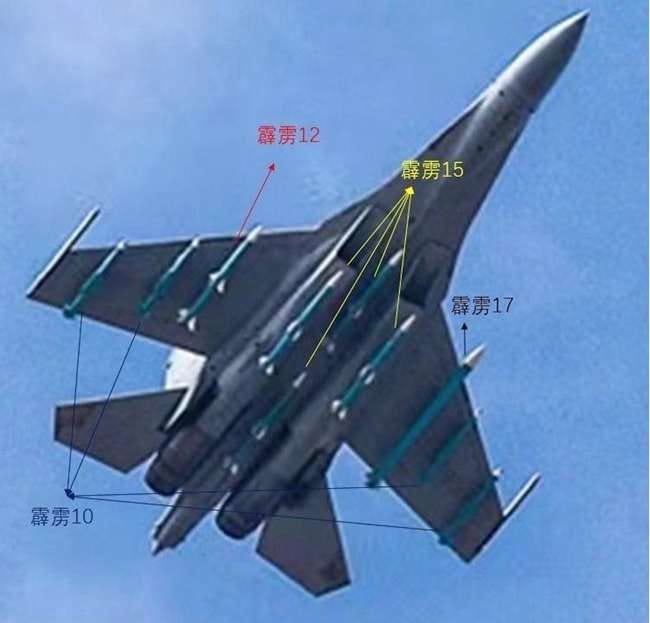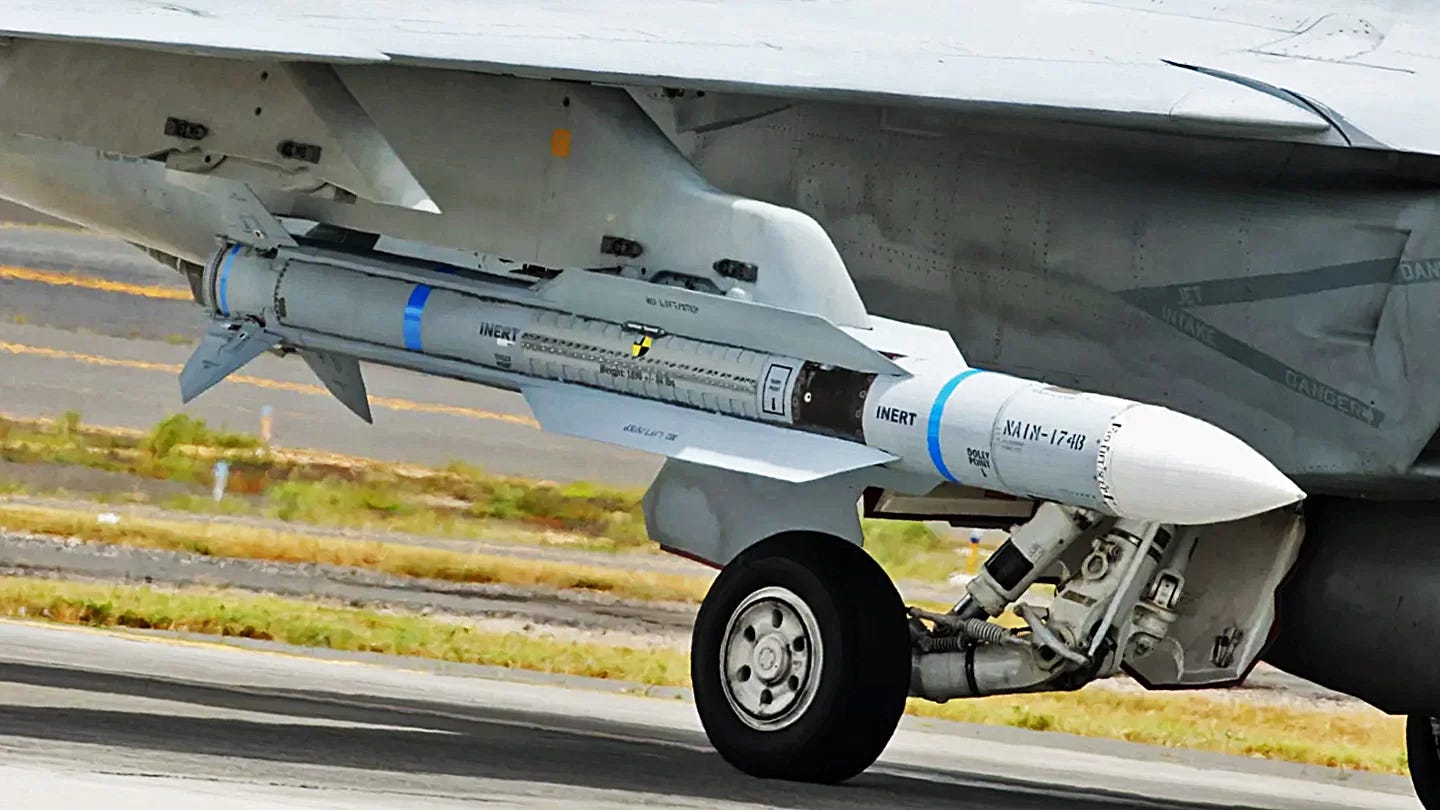Aerospace Comparison: AIM-174B vs. the PL-17
The latest editions of Beyond-Visual-Range missiles from The United States and China are compared, with analysis possibly showing the AIM-174B is the longest ranged air-to-air missile in the world.
The Engineer's Perspective is a reader-supported publication. Sign and up and subscribe to see more in-depth Aerospace/Aeronautical Analysis!
Overview:
The U.S. Navy’s AIM-174 and China’s PL-17 are the latest editions of long-range missiles with impressive capabilities that could tip the balance in future engagements in the South China Sea.
The AIM-174, an air-launched variant of the SM-6 Standard Missile, is designed to extend the operational reach of U.S. carrier-based aircraft, offering unparalleled versatility with its dual-purpose capability. On the other side, the PL-17, a long-range missile developed by China, focuses on neutralizing high-value targets at extended ranges, potentially altering the strategic landscape in key regions like the Taiwan Strait.
This analysis will focus on a detailed comparison of the AIM-174 and PL-17, highlighting their respective strengths and weaknesses, and explore how these advanced systems could influence the future of air combat. Whether it's the AIM-174's ability to attack multiple classes of targets, or the PL-17's specialization in disrupting enemy operations, these missiles represent the cutting edge of military technology in an increasingly contested global airspace.
PL-17
The PL-17 missile is a long-range air-to-air missile developed by China, designed to significantly enhance its Beyond Visual Range (BVR) engagements with its aircraft when facing off against near-peer and peer-level adversaries.
Key Features and Abilities:
Extended Range:
With an estimated range of around 300 to 400 kilometers, the PL-17 is one of the longest-range air-to-air missiles in existence. This allows it to engage targets far beyond visual range, and is crucial for striking high-value assets vital for sustaining air superiority during prolonged air operations.
Targeting High-Value Assets:
The missile appears specifically designed to neutralize critical support aircraft, like AWACS and aerial tankers, which are essential for coordinating air operations and extending the operational range of fighter jets. . Knowing the current range limitations of adversary aircraft, the PL-17 is the specific arrow designed to attack vulnerable parts of the kill web of adversaries: Airborne Early Warning and Control (AEWAC), and Fuel Tanker aircraft. By forcing these assets to operate further from the battle zone, the PL-17 could limit the effectiveness of an adversary's air power.
Integration with Modern Fighters:
The missile has been integrated into platforms such as the J-16 fighter jet, a multirole aircraft used by the People's Liberation Army Air Force (PLAAF). This combination enhances the operational flexibility of the PLAAF, enabling it to perform a wide range of missions with extended strike capabilities. The PL-17 allows for the J-16 to help in engaging targets at ranges that cannot be countered easily by current adversaries.
Strategic Impact:
The introduction of the PL-17 represents a significant shift in regional power dynamics, particularly in the Taiwan Strait and surrounding areas. The missile's ability to challenge U.S. and allied air superiority could alter the strategic calculus in any potential conflict, making it a pivotal asset in China's military strategy.
Technological Advancements:
The PL-17 is part of a broader effort by China to match or surpass the capabilities of Western air-to-air missiles and currently offers China a formidable tool for BVR engagements, potentially giving it an edge in certain scenarios.
These features make the PL-17 a significant addition to China's military arsenal, enhancing its ability to conduct long-range, precision strikes against critical air assets, thereby strengthening its position in an aerial conflict. However, the U.S. has taken notice of the PL-17 and its capabilities, and in turn, has recently unveiled its own missile in response to the PL-17, re-leveling the playing field once again: The AIM-174B.
AIM-174B
The AIM-174 missile is a cutting-edge air-to-air weapon recently introduced by the U.S. Navy, designed to extend the reach and effectiveness of carrier-based aircraft, particularly in the Indo-Pacific region.
Keep reading with a 7-day free trial
Subscribe to The Engineer's Perspective to keep reading this post and get 7 days of free access to the full post archives.






